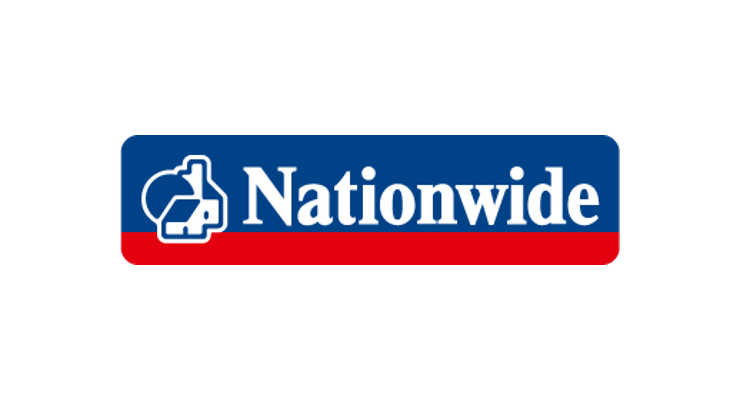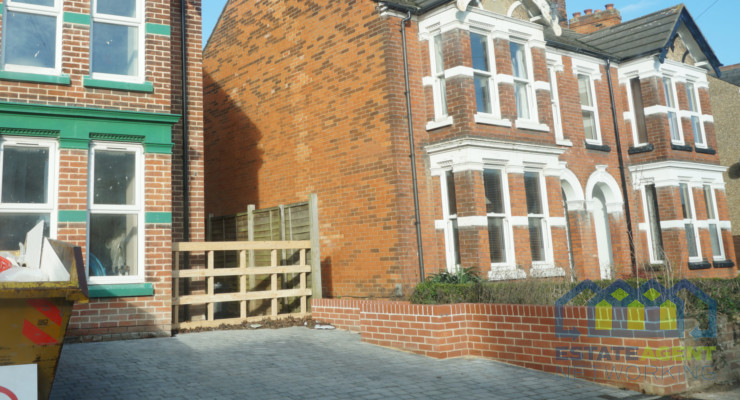Annual house price growth softens in August
- Annual house price growth softened to 2.1% in August
- House prices were down 0.1% month on month
- Over half of properties in the owner occupier sector are classified as ‘underoccupied’
Commenting on the figures, Robert Gardner, Nationwide’s Chief Economist, said:
“August saw a slight softening in the rate of annual house price growth to 2.1%, from 2.4% in July. Prices dipped by 0.1% month on month, after taking account of seasonal effects.
“The relatively subdued pace of house price growth is perhaps understandable, given that affordability remains stretched relative to long-term norms. House prices are still high compared to household incomes, making raising a deposit challenging for prospective buyers, especially given the intense cost of living pressures in recent years.
“Combined with the fact that mortgage costs are more than three times the levels prevailing in the wake of the pandemic, this means that the cost of servicing a mortgage is also a barrier for many. Indeed, an average earner buying the typical first-time buyer property with a 20% deposit faces a monthly mortgage payment equivalent to around 35% of their take-home pay, well above the long run average of 30%.
“However, affordability should continue to improve gradually if income growth continues to outpace house price growth as we expect. Borrowing costs are likely to moderate a little further if Bank Rate is lowered again in the coming quarters. This should support buyer demand, especially since household balance sheets are strong and labour market conditions are expected to remain solid.
Changes in the housing stock
“In our recent research report on the housing stock, we noted that typical property sizes have increased slightly over the last decade. Since 2013, the average floor area has increased from 95.3m2 to 96.2m2. The table (above right) shows the increases across different property types. The largest increase has been in terraced houses, where the average floor area is 3.6% bigger than in 2013. But the average size of flat, the smallest property type, is now 1.7% smaller than 10 years ago at 60.3m2.
“Reflecting the composition of the stock, the owner-occupier sector has the highest average floor area at 112m2. The average floor area in the private and social rented sectors is smaller at 76m2 and 65m2 respectively, due to greater concentration of flats.
“Dwellings in England tend to be a little smaller on average compared with some of our European neighbours. The average dwelling size in the EU is 103m2, although there is considerable variation amongst nations. The Netherlands, Norway and Belgium stand out as having the most spacious properties (on average), while typical properties tend to be much smaller in eastern European nations.
“87% of owner-occupied properties in England have at least one spare bedroom. Remarkably, 53% are classified as being ‘underoccupied’, that is to say they have two or more spare bedrooms. The proportion of underoccupied properties has been trending up over time. By contrast, in the private rented sector, only 16% of properties are ‘underoccupied’.”







